
At the end of the compression stroke, the piston reaches the apex. The ignition system provides high-energy sparks to the spark plug, which ignites the compressed air-fuel mixture in the cylinder. This time is the ignition timing. In order to maximize ignition energy, the ignition timing is a little bit earlier. It is at the moment when the piston is about to reach the top dead center.
When the engine is working, the ignition timing has a significant impact on the work and performance of the engine. The combustion of the air-fuel mixture takes some time.
It is a process from the spark plug's generating sparks to the complete combustion of the combustible mixture.
Although this time is very short, it's less than thousandths of a second, but the engine speed is very high. The crankshaft turned a large angle in such a short period of time.
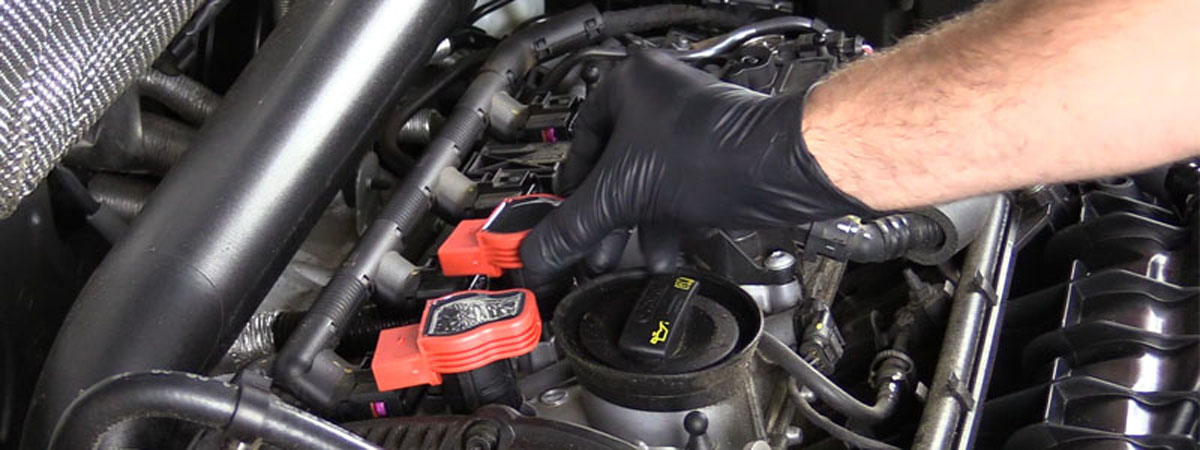
If the ignition happens when the piston reaches the top dead center, the combustion begins. The piston has begun to move down so that the cylinder volume increases. The combustion pressure decreases, and the engine power decreases.
Therefore, the ignition should be advanced. It means that sparks have generated before the piston reaches the top dead center of the compression stroke. The gas pressure goes up to the maximum in the combustion chamber after the piston reaches 10°-12° away from the top dead center of the compression stroke.
The combustion of the mixture generates heat. The most effective use of the working stroke can improve the engine power.
If the ignition is too early, the piston is still moving up the stop. The pressure in the cylinder has reached a considerable value. The direction of the gas pressure is opposite to the direction of the piston movement. It appears as a ring in the work diagram. At this time, the effective work of the engine reduces. The engine power also declines.
From the ignition moment to the piston reaching the top dead center of the compression, the angle of crankshaft rotation during this time is called the ignition advance angle.
The ignition advance angle that gives the engine the best power and emission performance is called the optimum ignition advance angle.
The optimum ignition advance angle is not a fixed value when the engine is in operation. It varies with many factors. The main factors affecting the ignition advance angle are the engine speed and the combustion rate of the air-fuel mixture.
The combustion rate of the mixture is related to the composition of the mixture, the engine structure and others (the shape of the combustion chamber, compression ratio, etc.).
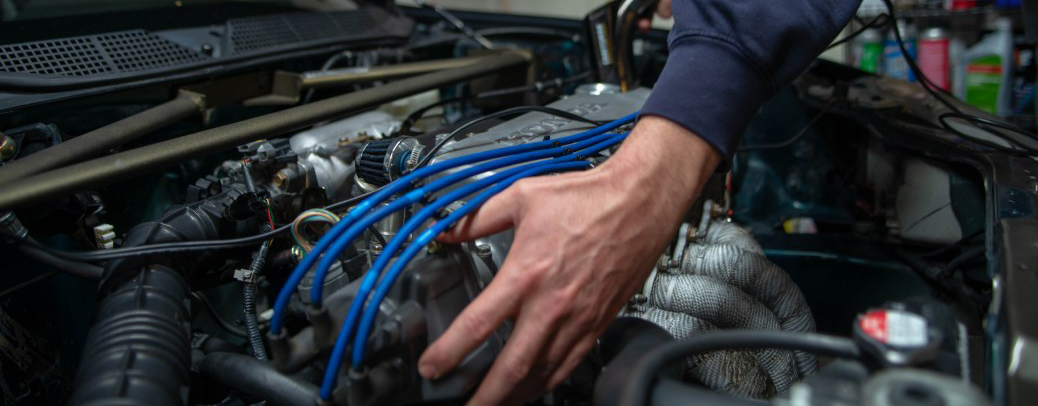
● The ignition advance angle should increase with the engine speed.
When the throttling threshold is unchanged, the crankshaft rotation angle per unit time increases with the faster engine speed.
Keep the burning speed of the mixture unchanged, the ignition advance angle should be increased appropriately. Otherwise, the combustion will continue to involve the work stroke. Then the engine power declines. The ignition advance angle is relevant to the engine speed.
However, when the engine speed reaches a certain value, the temperature and pressure in the combustion chamber increase. The turbulence is enhanced.
The combustion rate of the air-fuel mixture is accelerated. And the increase in the optimum ignition advance angle slows down. There is not a linear relationship.
● The engine speed is changeless.
When the engine speed is certain, as the load increases, the throttling threshold increases. The amount of combustible air-fuel mixture inhaled into the cylinder per unit of time increases.
The temperature and pressure in the combustion chamber increase at the end of the compression stroke.
Meanwhile, the proportion of the residual exhaust gas in the cylinder reduces. As the mixture of combustion speed increases, the ignition advance angle should be adequately reduced. Conversely, when the engine load reduces, the ignition advance angle should be increased.
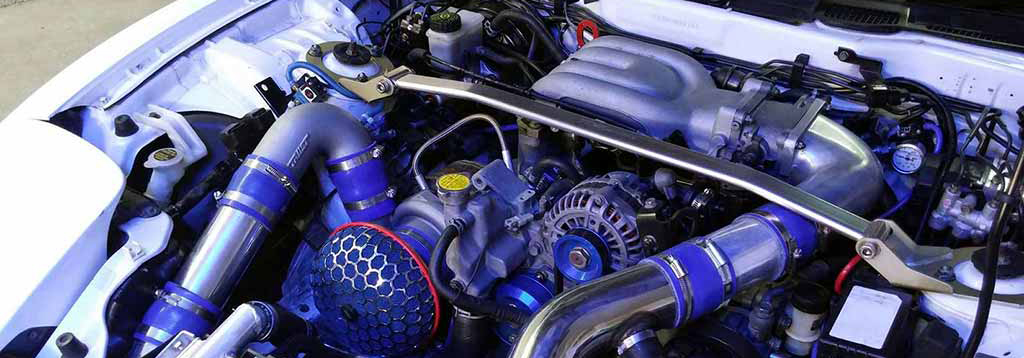
● The optimum ignition advance angle is related to the anti-explosive property of fuel.
The optimum ignition advance angle is also related to the anti-explosive property of the fuel. The ignition advance angle should be increased when the fuel has a higher octane number (better anti-explosive property).
Therefore, the ignition advance angle must be appropriately adjusted when a different grade fuel goes into service.
For this reason, the structure of the ignition system should also be able to properly adjust the ignition advance angle manually when necessary.
For example, ignition systems in some models are equipped with octane correctors. The component can indicate the angle changes while making manual adjustments.
● Eliminate self-induced voltages and currents.
After disconnecting the contact, the higher the rate of the primary current drops, the greater the rate of flux changes in the core. The higher the induced voltage generated in the secondary winding, the easier it is to puncture through the spark plug gap.
When the magnetic flux in the core of the ignition coil changes, not only is the high voltage generated in the secondary winding (mutual inductance voltage), but also self-inductance voltage and current are generated in the primary winding.
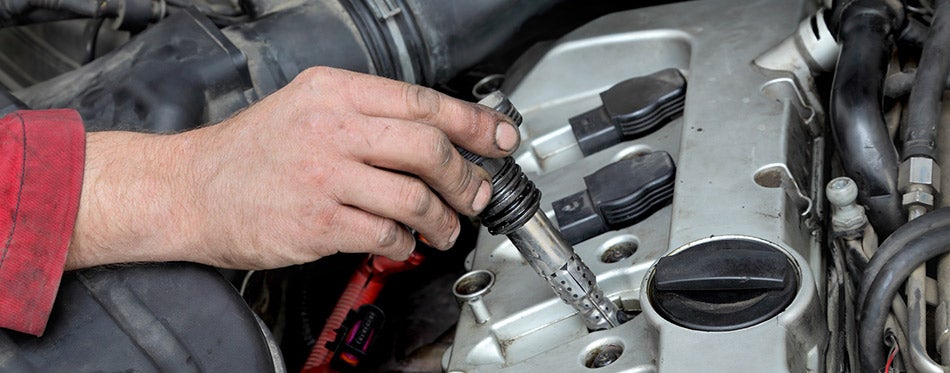
In the moment of the contact separation and primary current drop, the direction of the self-induced current and the original primary current are the same. The voltage is as high as 300 V. It will penetrate the contact gap, generating intense sparks between the contacts.
This makes the contacts quickly oxidize and ablate, affecting the regular work of the circuit breaker and drops the change rate of the primary current.
The voltage induced in the secondary winding decreases. The sparks in the spark plug gap become weaker. It is difficult to ignite the mixture.
To eliminate the adverse effects of self-induced voltage and current, a capacitor connects in parallel between the breaker's contacts. The self-induced current charges the capacitor at the moment of contact separation, which reduces sparks between the contacts. This process accelerates the decay of the primary current and flux and increases the secondary voltage.
● There is a voltage sufficient to puncture the gap between two electrodes of the spark plug.
The puncture voltage is the voltage that breaks down the gap between two electrodes of the spark plug and generates sparks.
The value of the puncture voltage is relevant to the distance between the electrodes (spark plug gap), the pressure and temperature in the cylinder, the temperature of the electrode, the engine's working condition and others.
As the test report reveals, when the engine runs, the puncture voltage is 7-8 kV and 19 kV when the engine is cold starting. In order to make the engine ignite reliably under different working conditions, the puncture voltage of the spark plug should be 15-20 kV.

● The sparks should have sufficient ignition energy.
In order to make the mixture ignite reliably, the spark produced by the spark plug should have a certain amount of energy.
When the engine is working, the spark energy required is small (1~5mJ) because the mixture's temperature is close to the self-ignition temperature when compressed. The sparks energy of the conventional ignition system (15~50mJ) is sufficient to ignite the air-fuel mixture.
However, High ignition energy is required at startup, idle speed and sudden acceleration. To ensure reliable ignition, the ignition energy of 50-80mJ should be guaranteed in general, and the ignition energy of more than 100mJ should be generated when starting.
● The ignition timing should be compatible with the working condition of the engine.
First of all, the engine ignition timing should meet the requirements of the engine work cycle. Secondly, the combustible mixture in the cylinder from the start of ignition to complete combustion takes a certain amount of time (a few thousandths of a second).
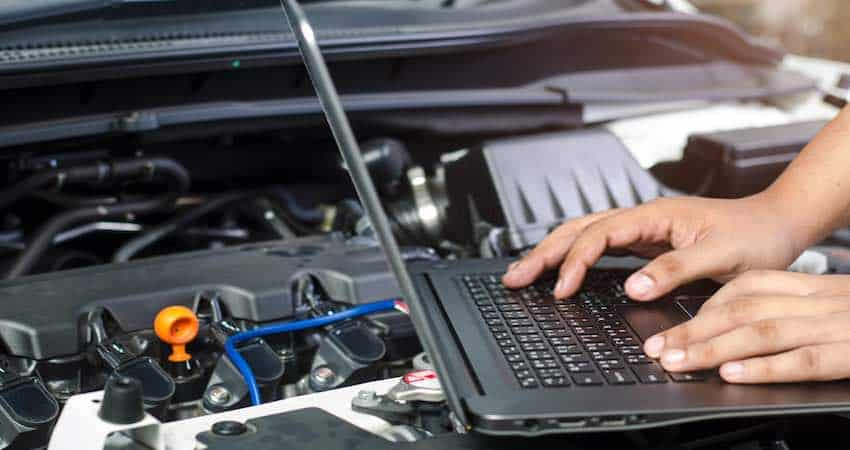
To produce maximum power, the air-fuel mixture should not be ignited at the end of the compression stroke, but at an appropriate angle. When the piston reaches the top dead center, the mixture is close to complete combustion. The engine produces maximum power.
 Lauritz Carolsfeld
Lauritz Carolsfeld  October 15, 2021
October 15, 2021